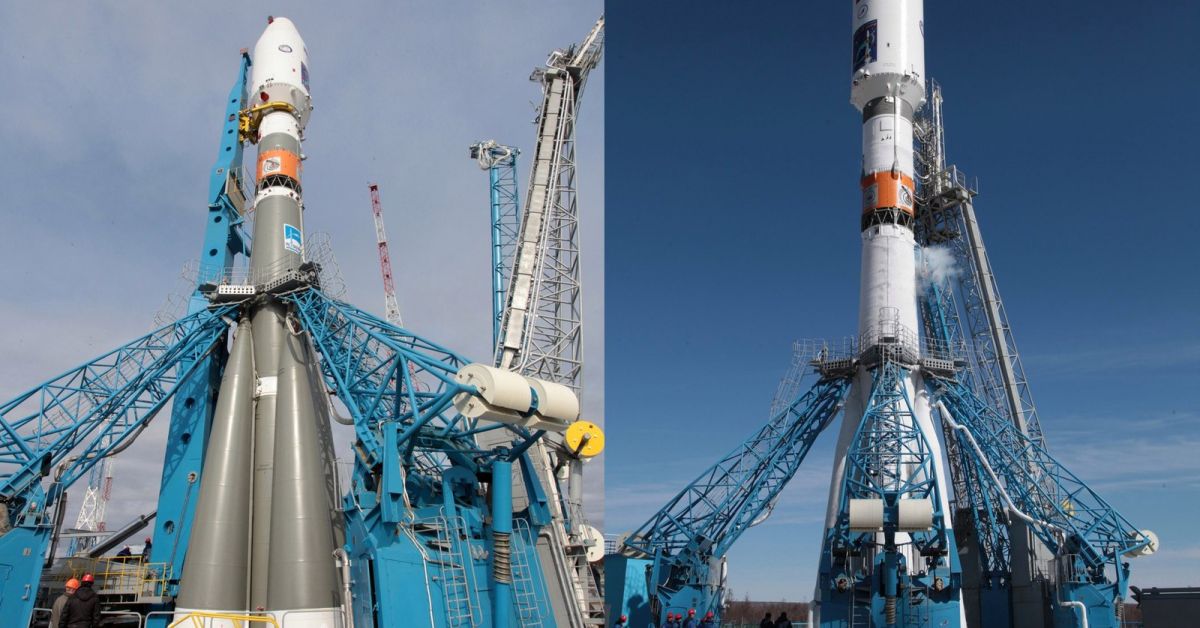All the rockets launched from the Plesetsk cosmodrome in Russia are called Tanya, because legend has it that if the rocket does not bear this female name, the launch will not be successful. It all started in the 1970s, explains in a video for Russia Today the head of the Plesetsk spaceport research group Petar Potapov.
Then a lieutenant, wanting to express his love for his girlfriend, wrote her name on a rocket that was to be launched into space that day. However, according to Potapov, the then commander, whose name he no longer remembers, seeing the inscription on the rocket, ordered its name to be deleted before the launch. “Since the launch was unsuccessful, the name Tanya has been present on every rocket since then, fortunately,” Potapov added.
He also says that he has held this position for more than 10 years, during which he has participated in more than 30 launches and each rocket says “Tanya”. The spaceport itself was created in the late 1950s to launch R7 intercontinental ballistic missiles. From this rocket began the entire Soviet space program, and Plesetsk became a secret base for launching spy satellites. It was only after the collapse of the Soviet Union, when Kazakhstan began charging $ 115 million a year for the use of Baikonur, that Plesetsk’s popularity grew.
It is extremely interesting to note that the Councils categorically deny the very existence of launch sites at this location. In 1966, however, a physics teacher at a British school tracked the orbit of the Cosmos 112 satellite and concluded that it had not been launched by Baikonur. Three years later, the Finns managed to film the launch of a satellite. After the end of the Cold War, it turned out that the CIA suspected the existence of silos for launching intercontinental missiles in the late 1950s, which means that information about the project was leaked from the beginning.












 English
English French
French Spanish
Spanish German
German Dutch
Dutch Italian
Italian Danish
Danish Portuguese
Portuguese Greek
Greek Russian
Russian Swedish
Swedish Bulgarian
Bulgarian Hungarian
Hungarian Catalan
Catalan Ukrainian
Ukrainian Polish
Polish Basque
Basque Chinese (Simplified)
Chinese (Simplified) Japanese
Japanese Hebrew
Hebrew Arabic
Arabic Swahili
Swahili Amharic
Amharic Irish
Irish Afrikaans
Afrikaans Albanian
Albanian Armenian
Armenian Azerbaijani
Azerbaijani Belarusian
Belarusian Bengali
Bengali Bosnian
Bosnian Cebuano
Cebuano Chichewa
Chichewa Chinese (Traditional)
Chinese (Traditional) Corsican
Corsican Croatian
Croatian Czech
Czech Esperanto
Esperanto Estonian
Estonian Filipino
Filipino Finnish
Finnish Frisian
Frisian Galician
Galician Georgian
Georgian Gujarati
Gujarati Haitian Creole
Haitian Creole Hausa
Hausa Hawaiian
Hawaiian Hindi
Hindi Hmong
Hmong Icelandic
Icelandic Igbo
Igbo Indonesian
Indonesian Javanese
Javanese Kannada
Kannada Kazakh
Kazakh Khmer
Khmer Korean
Korean Kurdish (Kurmanji)
Kurdish (Kurmanji) Kyrgyz
Kyrgyz Lao
Lao Latin
Latin Latvian
Latvian Lithuanian
Lithuanian Luxembourgish
Luxembourgish Macedonian
Macedonian Malagasy
Malagasy Malay
Malay Malayalam
Malayalam Maltese
Maltese Maori
Maori Marathi
Marathi Mongolian
Mongolian Myanmar (Burmese)
Myanmar (Burmese) Nepali
Nepali Norwegian
Norwegian Pashto
Pashto Persian
Persian Punjabi
Punjabi Romanian
Romanian Samoan
Samoan Scottish Gaelic
Scottish Gaelic Serbian
Serbian Sesotho
Sesotho Shona
Shona Sindhi
Sindhi Sinhala
Sinhala Slovak
Slovak Slovenian
Slovenian Somali
Somali Sundanese
Sundanese Tajik
Tajik Tamil
Tamil Telugu
Telugu Thai
Thai Turkish
Turkish Urdu
Urdu Uzbek
Uzbek Vietnamese
Vietnamese Welsh
Welsh Xhosa
Xhosa Yiddish
Yiddish Yoruba
Yoruba Zulu
Zulu